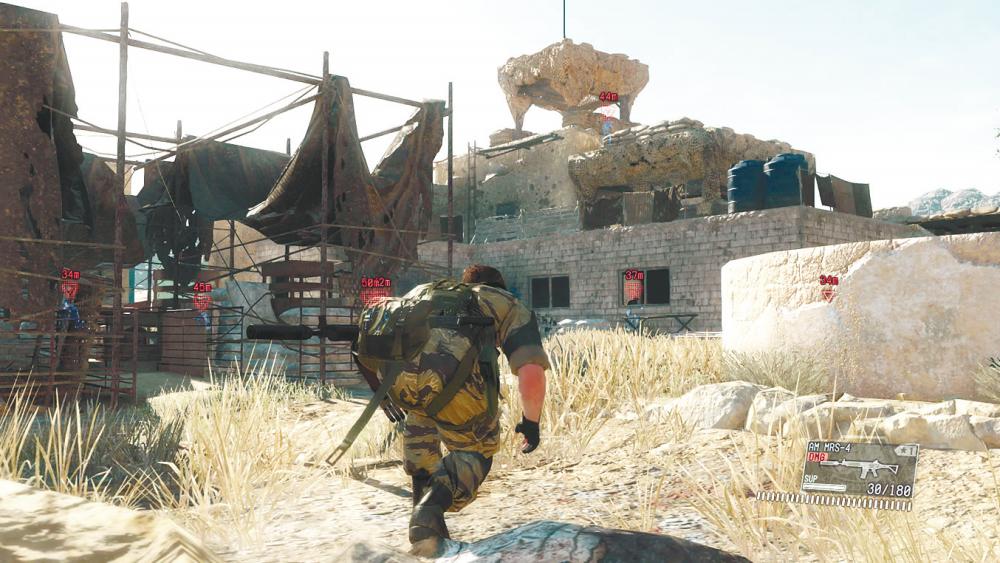STEALTH games are mostly dead or to be more specific, stealth-focused games are. The two leading franchises that focused on this somewhat niche action subgenre ceased in the middle of the 2010s, with Tom Clancy’s Splinter Cell: Blacklist in 2013 and Metal Gear Solid 5 in 2015.
Since then, we have witnessed the emergence of numerous games incorporating stealth, such as the Assassin’s Creed and The Last of Us series.
However, these titles fail to capture the essence of the subgenre as effectively as their predecessors did. Some of these games have even deviated further from their original stealth focus, conforming to the mainstream gamer’s preference for intense action.
With rumours circulating about the release of Metal Gear Solid 3’s remake under the title Metal Gear Solid Delta this year, let us delve into the franchises that originally defined the stealth genre that allows players to navigate in the shadows and eliminate enemies as imperceptible assassins.
Metal Gear Solid
Blending stealth and espionage, the Metal Gear Solid series, often considered the grandfather of the stealth genre, offers gamers a distinct play style compared to the typical running-and-gunning style they can still employ.
Due to the extensive history of the series, the number of titles and how interwoven each game is with each other in terms of its grand narrative, it is hard to recommend singular games to try. But those interested can hardly go wrong with the first game in the series, Metal Gear Solid (MGS).
Despite being released in 1998, MGS is not that dated and is still very accessible. It is also the perfect gateway into this side of gaming because it formed the entire blueprint for the genre.
Metal Gear Solid 3 features extensive espionage in the jungles of Soviet Russia. It is resplendent with new survival mechanics involving the lead character, Big Boss, surviving on flora and fauna, digging out bullets and mending broken bones with minimal tools.
The last in the franchise before creator Hideo Kojima’s departure, Metal Gear Solid 5 combines everything from the previous games, from the zany humour and rich storytelling to the tight gunplay and action, while throwing players into the open-world playground of the Afghan desert and jungles of Africa.
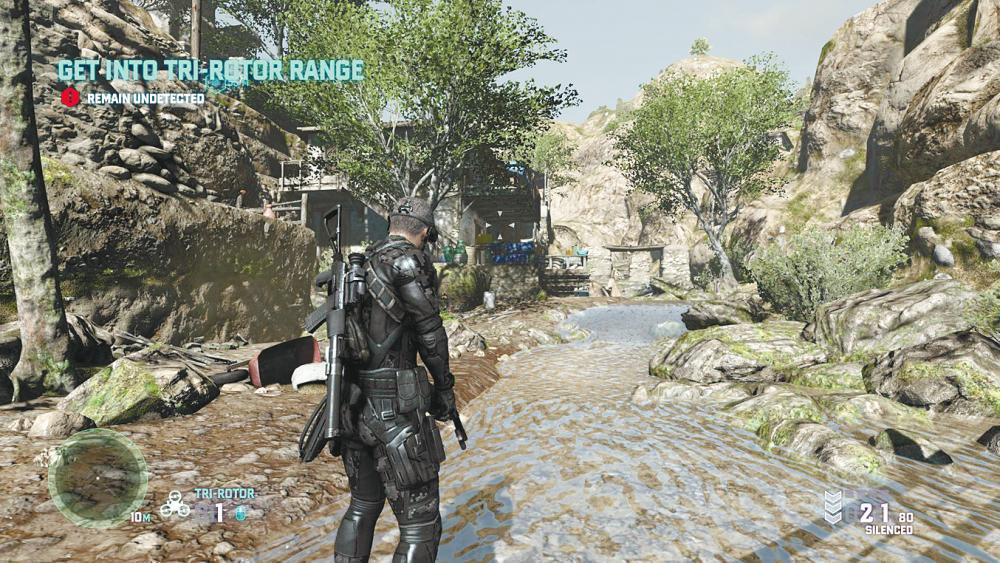
Tom Clancy’s Splinter Cell
Metal Gear Solid’s equally impressive twin brother, the Splinter Cell series approaches the stealth genre from a more grounded perspective.
Where the MGS games are purely science fiction with their building-sized robots, performance-enhancing nanomachines, ninja cyborgs and much more, the Splinter Cell games are based in the real world.
The series also set themselves apart from others in the genre by forcing players to adopt stealth and tactical manoeuvres. Trying to run-and-gun in these games will quickly lead to death.
This is because the lead character, Sam Fisher, is not a bullet sponge. Long, drawn-out gunfights are impossible, as Fisher, like any real-world person, will not survive more than a few direct gunshots.
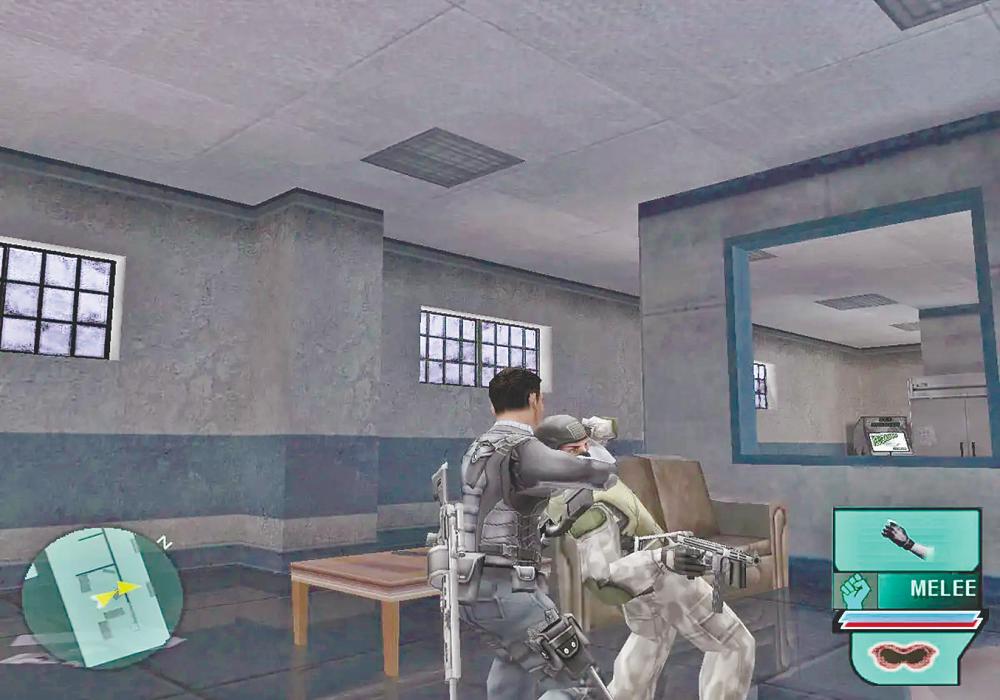
Syphon Filter
Released a year after Metal Gear Solid, the game took what MGS brought to the table and pushed it a little further, particularly with the more elaborate level designs.
The game also slants towards stealth action, so if a mission is going awry, players can choose to just turn lead character Gabriel Logan into Rambo by shooting anything that moves with reckless abandon.
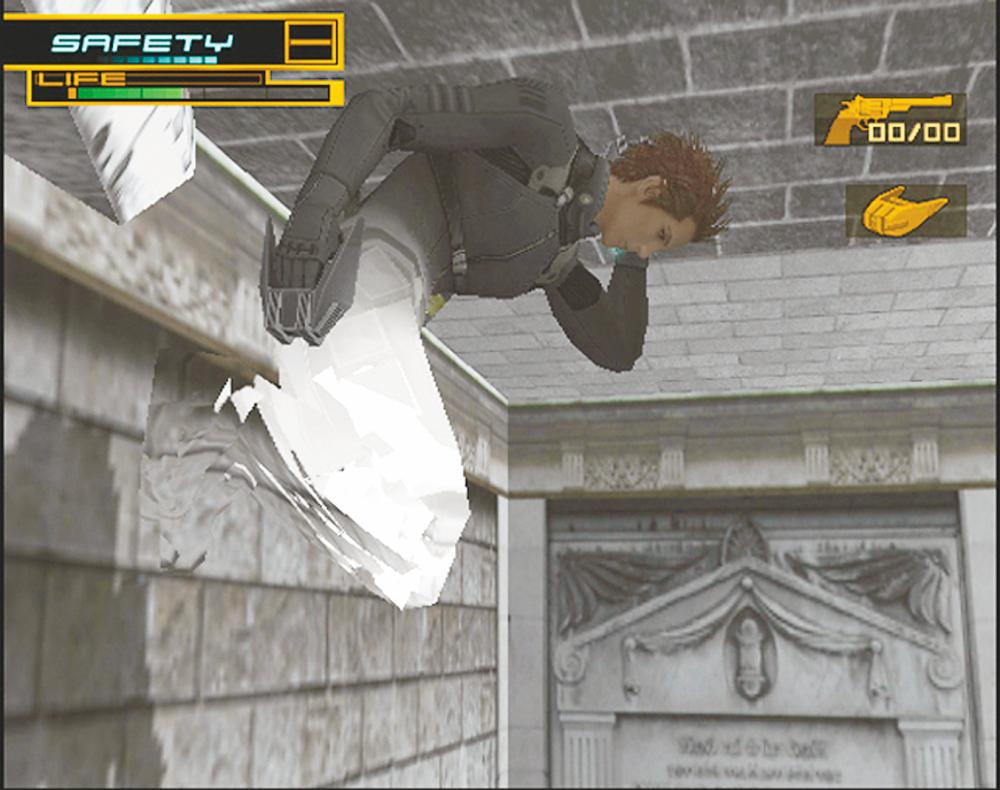
Spy Fiction
Unlike the other games here, Spy Fiction may be the most comical with its narrative that hinges on spy fiction tropes.
In the game, players are tasked with stopping a terrorist cell from unleashing a lethal virus that would decimate the world. Pretty standard spy stuff, but no one plays Spy Fiction looking for stellar writing.
The allure of Spy Fiction is its gameplay, which presents a multitude of options for tackling missions using some pretty far-out gadgets. These include invisibility cloaks and face-altering technology to sneak past enemies.
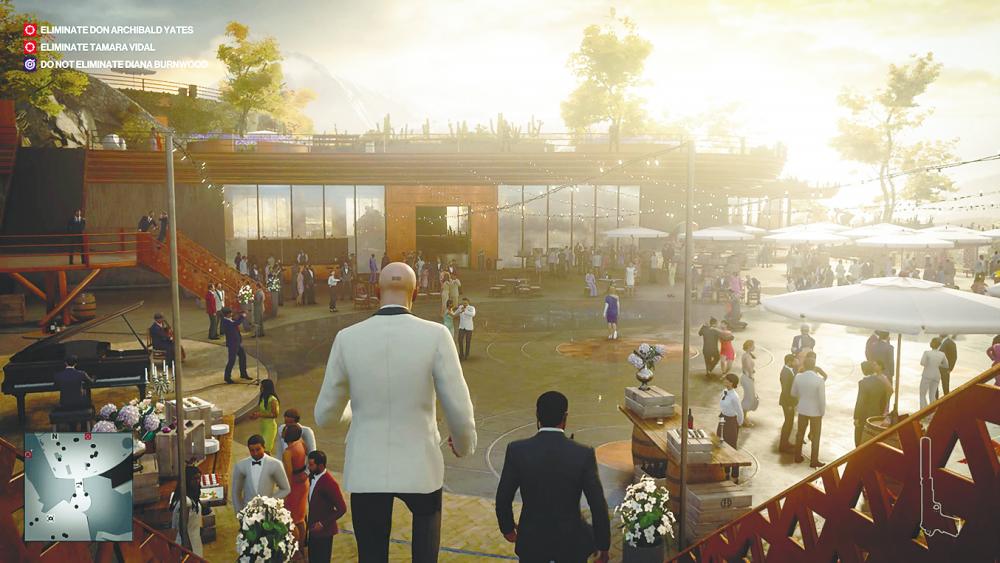
Hitman
Remember how earlier in the article it was mentioned that stealth-focused games are mostly dead? That is because IO Interactive’s Hitman series is carrying the weight of the subgenre left by the Splinter Cell and Metal Gear Solid series on the shoulders of its bald assassin.
From its very inception, the series has always incentivised players for being creative and tactical in how they control the main character, Agent 47, in each game’s missions.
Throwing players into contained maps, which evolved into huge, sprawling maps with intricate level design in the World of Assassination trilogy, the game famously give the option of letting them carry out each mission however they want to.
Want to disguise Agent 47 as a sailor that poisons and delivers a cake for an incestuous paedophile boat captain? Go for it. Have a burning desire to shoot a bio-terrorist through a telescope? Do it. The Hitman world is the player’s oyster.
As the torchbearers of stealth gaming, these franchises offer a unique blend of narrative depth, intricate gameplay mechanics and the thrill of lurking in the shadows.
Even in an era where stealth-focused games are perceived as dwindling, the legacy of Metal Gear Solid, Splinter Cell and the innovative Hitman series ensures that the allure of strategic and creative gameplay remains alive, inviting players to continue their journey as unseen assassins in the captivating realm of stealth gaming.



